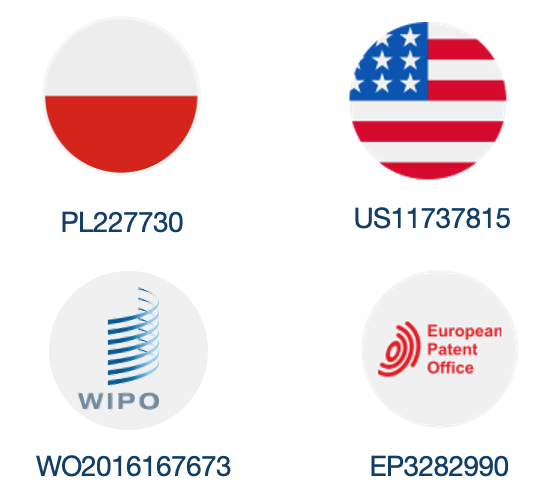RF ablation catheter
MiniMax is a catheter electrode equipped with both ablation and 3D imaging functions. By incorporating two functions into one catheter, it enables a substantial reduction in the overall cost of surgery. The catheter was specifically designed to facilitate minimally invasive procedures. In addition, the incorporation of 3D imaging helps minimize the reliance on X-rays during procedures. The flexible electrode tip enables clear observation of the surgical field during procedures.
Arrythmia
Arrhythmia stands out as one of the prevailing concerns among patients seeking care in cardiology offices. Depending on its type, arrhythmia may result in circulatory failure and significantly elevate the risk of stroke.
Ablation
Ablation is a minimally invasive cardiological procedure designed to isolate the area of heart tissue responsible for the occurrence of arrhythmias. The procedure involves creating a small scar that blocks the conduction of electrical impulses responsible for inducing arrhythmia.

Why is it worth it?

Clear and effective navigation during the procedure

Reducing the invasiveness of the procedure

Precision of the procedure is achieved through a controllable tip

Enhancing patient and medical staff safety.

Reducing procedure time and lowering its costs.

Patent protection
MiniMax is a modern catheter offering innovative advantages. It is designed for minimally invasive ablation procedures. Thanks to its flexible design, it allows for precise ablation. “Due to its large number of electrodes, it ensures safety, excellent diagnostics, and minimizes harmful X-ray radiation.” MiniMax aims to reduce procedure time by combining efficiency, cost-effectiveness, and innovation.
MiniMax market
In recent years, the global aging process has intensified due to a consistently low birth rate and an increased average life expectancy. It is estimated that in the coming decades, the proportion of elderly people in the total population will significantly increase, leading to a rise in the number of individuals with cardiovascular diseases. Maintaining the current upward trend, it is anticipated that the number of people suffering from heart rhythm disorders, including atrial fibrillation, in the European Union alone will increase to 14 million by 2060. The latest NOMED-AF study indicates that in Poland, over a million people under the age of 65 suffer from atrial fibrillation, constituting 19.2% of the population. One of the methods for treating arrhythmia, including atrial fibrillation, is the use of RF (radio frequency) ablation. Furthermore, the 2020 ESC guidelines on the diagnosis and treatment of atrial fibrillation, developed in collaboration with the European Association of CardioThoracic Surgery (EACTS), recognize catheter ablation as a safe and superior alternative to pharmacological therapies in maintaining sinus rhythm, reducing symptoms associated with atrial fibrillation, and improving the quality of life.
Project progress
The project is currently undergoing preclinical research phase. The animal studies are conducted to confirm the safety and effectiveness of the medical device. During subsequent stages of testing, engineers examine functionalities and implement necessary changes. Concurrently, efforts are underway to prepare agreements with entities that will conduct clinical trials (CROs and Research Centers).
* The aforementioned project signifies a product that has not yet received approval as a medical device from the relevant regulatory authority. Competitive advantages and other aspects of the aforementioned project will be substantiated thorough testing and research.






